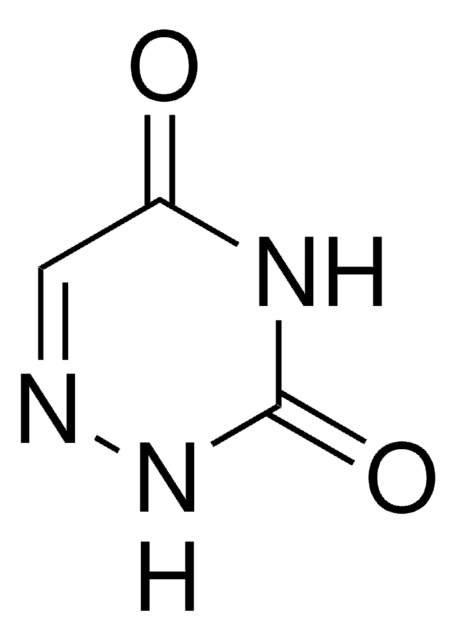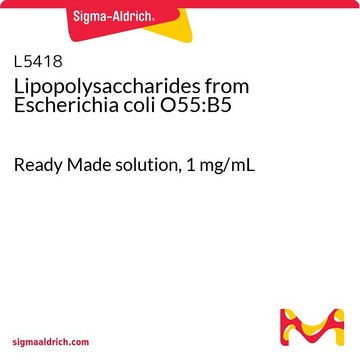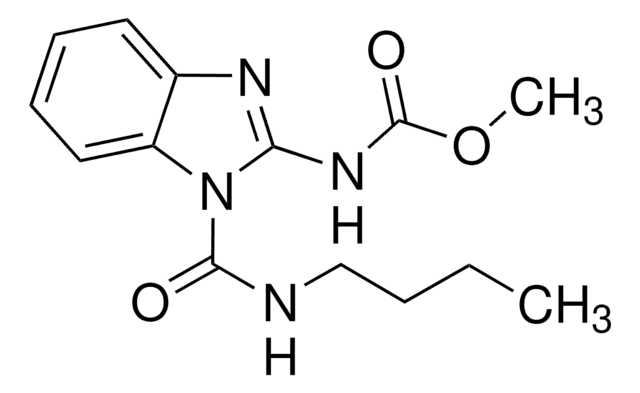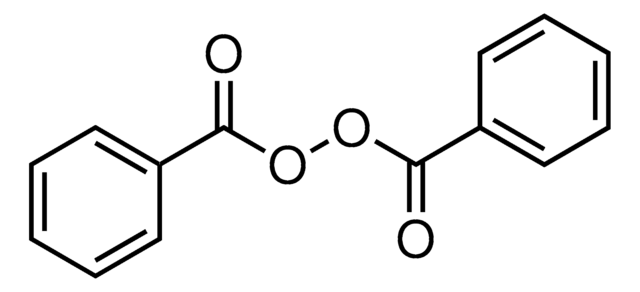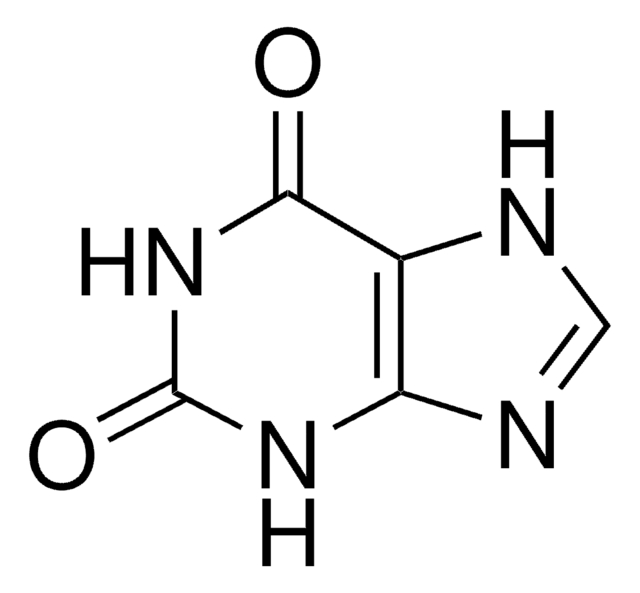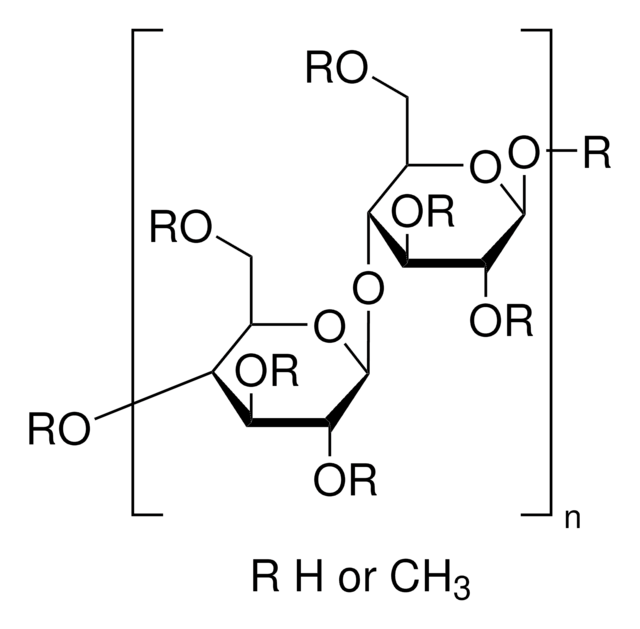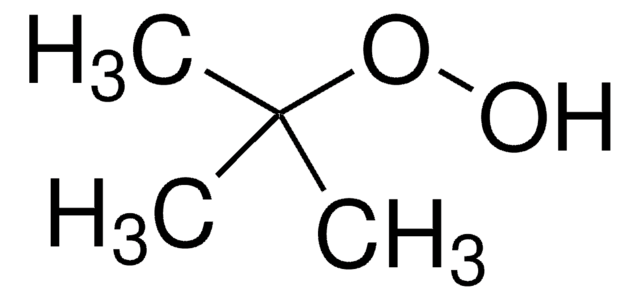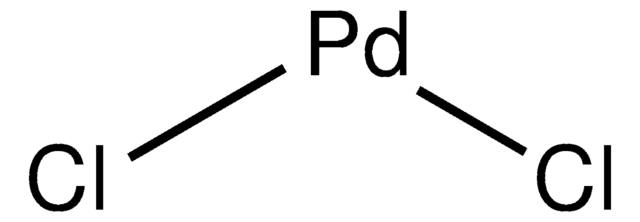Kluczowe dokumenty
A1882
6-Azauridine
Synonim(y):
2-β-D-Ribofuranosyl-1,2,4-triazine-3,5(2H,4H)-dione, 6-Azauracil riboside
About This Item
Polecane produkty
Próba
≥99% (TLC)
Formularz
powder
mp
157-159 °C (lit.)
rozpuszczalność
water: 50 mg/mL, clear, colorless
temp. przechowywania
2-8°C
ciąg SMILES
OC[C@H]1O[C@H]([C@H](O)[C@@H]1O)N2N=CC(=O)NC2=O
InChI
1S/C8H11N3O6/c12-2-3-5(14)6(15)7(17-3)11-8(16)10-4(13)1-9-11/h1,3,5-7,12,14-15H,2H2,(H,10,13,16)/t3-,5-,6-,7-/m1/s1
Klucz InChI
WYXSYVWAUAUWLD-SHUUEZRQSA-N
Szukasz podobnych produktów? Odwiedź Przewodnik dotyczący porównywania produktów
Opis ogólny
Zastosowanie
- in uridine monophosphate synthase (UMPS) activity assay
- as an antiviral agent to study its inhibition effect and cytotoxic potential on foot and mouth disease virus
- to screen for anticryptosporidial activity
- in the pretreatment of HeLa cells to study its effect on inhibition of cellular uridine synthesis before and during chase with 5-bromouridine 5′-triphosphate (BrUTP)
- as a reference compound for comparing the antiviral activity and cytotoxic activity against viral host cell lines
Działania biochem./fizjol.
Hasło ostrzegawcze
Warning
Zwroty wskazujące rodzaj zagrożenia
Zwroty wskazujące środki ostrożności
Klasyfikacja zagrożeń
Acute Tox. 4 Oral - Carc. 2
Kod klasy składowania
11 - Combustible Solids
Klasa zagrożenia wodnego (WGK)
WGK 3
Temperatura zapłonu (°F)
Not applicable
Temperatura zapłonu (°C)
Not applicable
Środki ochrony indywidualnej
dust mask type N95 (US), Eyeshields, Gloves
Wybierz jedną z najnowszych wersji:
Masz już ten produkt?
Dokumenty związane z niedawno zakupionymi produktami zostały zamieszczone w Bibliotece dokumentów.
Klienci oglądali również te produkty
Nasz zespół naukowców ma doświadczenie we wszystkich obszarach badań, w tym w naukach przyrodniczych, materiałoznawstwie, syntezie chemicznej, chromatografii, analityce i wielu innych dziedzinach.
Skontaktuj się z zespołem ds. pomocy technicznej
